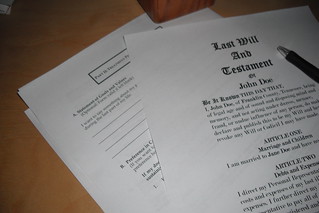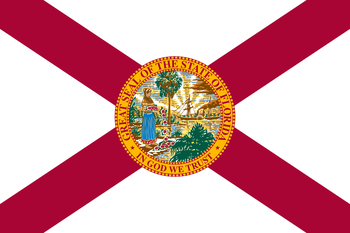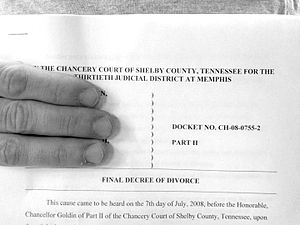If you haven’t already done your estate plan, perhaps hearing a few horror stories about people who made common mistakes will prompt you to do it — and do it right.

An article in the Green Bay Press Gazette, recounts a few cases that detail classic mistakes involving estate planning, or the lack of it.
- A former Supreme Court justice wrote his own will, using just 176 words. It cost his family $450,000 in estate taxes and court fees because he didn’t take the time to do it right.
- A young woman left her assets to her minor son. When she died, she had $1 million in her estate due to a wrongful death claim. Her son died soon afterwards and the money went to his only heir, his father, who was a drug addict.
- A father had a stroke and had to go into a nursing home. His children closed his bank account but never went through his mail. After he died, they found a statement for a $1 million life insurance policy. But the premiums had not been paid since the bank account was closed. They didn’t get the money.
Lesson: Know what you know, know what you don’t know.
Lesson: She could have put the assets into trust with a contingency plan were he to die, so the money could not go to the father.
Lesson: Make sure somebody knows what assets you have, usually the person who has power of attorney, a trustee named in a trust you have set up or the personal representative named in your will.
These are common mistakes that can be avoided if you engage a qualified estate planning attorney to help you with your estate plan.





















